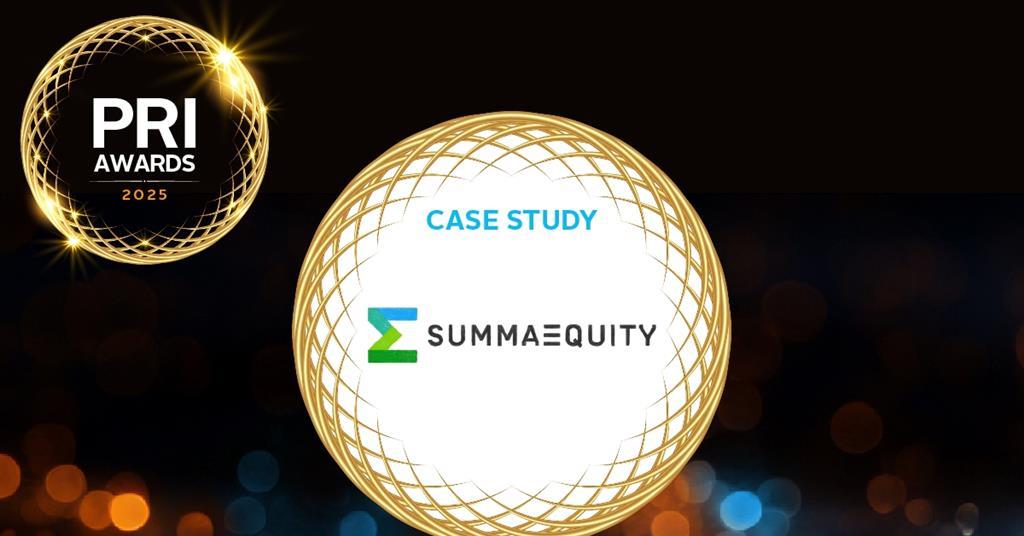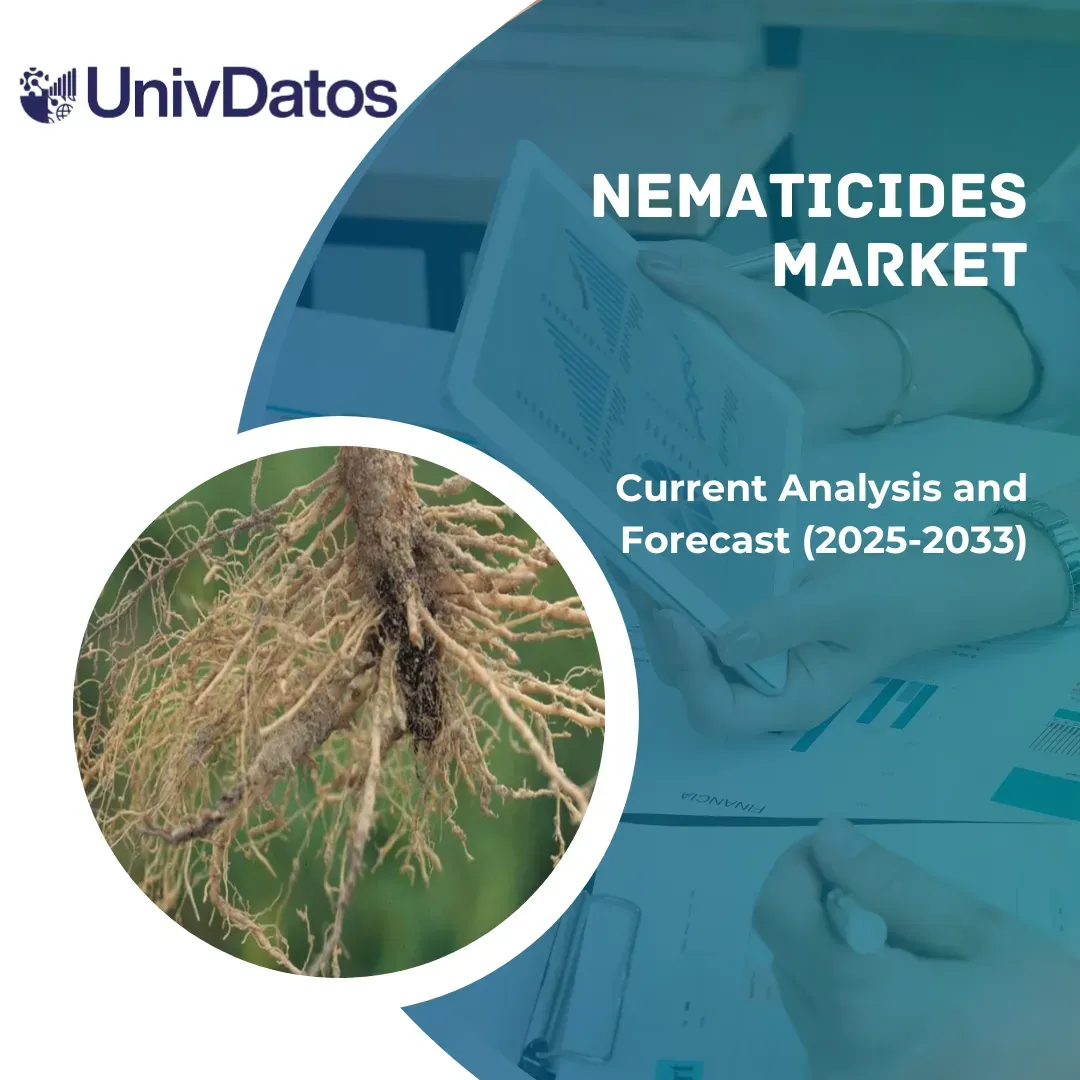5 key investment strategy considerations amid macro uncertainty
00:01 Speaker A
Investors on Main Street and Wall Street are facing a patchwork of uncertainty, slowing growth, sticky inflation, the possibility of a government shutdown. So how should you position your portfolio amid such a high level of unknowns?
00:21 Speaker A
Let’s bring in Mindy Macintosh, Macintosh and Associates founder and CEO for this week’s FA Corner brought to you by Capital Group. Thanks for being here Mindy. So, um
00:31 Speaker A
I I guess situate us first in this uncertain environment. I mean, it feels like we’ve been plagued by uncertainty ever since the pandemic. It seems to have sort of had an uptick here. Um, is that how you perceive it or and and how do you talk to your clients about it?
00:47 Mindy McIntosh
I I truly feel we have definitely had uncertainty and you’re right, really really since we take a look at the pandemic. Um but I think with uncertainty, we want to make sure we don’t overreact. So we’re really talking to our, you know, clients that we serve and trying to be in front of them. So, by staying in front of that, it doesn’t necessarily matter if we see the government having a shutdown or a pause, we’re going to see slowing growth opportunities, kind of the sticky inflationary period.
01:12 Mindy McIntosh
So we want to make sure that our retirees say, you know, should we do something now? And the big thing is is we want to make sure that they don’t get too emotionally involved and do any quick reactions. So we really want to stick to having a well-designed plan. So instead of worrying so much about what’s happening next, what’s on Wall Street, what is their solid income plan and how is that designed for their long-term gains?
01:37 Speaker A
Well, and I imagine if somebody is getting quite close to retirement, that’s going to be a pretty different profile, especially with uncertainty than if somebody is 20 years from retirement.
01:49 Mindy McIntosh
It sure does, right? And so we know volatility is there. We know change is always coming. Um but really what we want to take a look at is if you only have two years to retirement or you’re already retired, we need to be much more conservative than folks that are in their 20s, 30s and 40s because, you know, usually when we see this volatility, it doesn’t really affect a long, long-term type of returns. It’s going to be kind of a quick short historic rebound, and then we see the uncertainty clear. Uh, you know, for retirees, if they’re more focused on securing more income, fine. Um but in the short term, we really can take a look at even these younger clients having a great buying opportunity um during these times of of market fluctuations.
02:21 Speaker A
Mindy, I’m curious, you know, we mentioned the the government shutdown. I’m just curious and this is a stab in the dark, do you have any clients that are government employees or who might be affected by the shutdown, maybe they’re not going to be getting checks for a few weeks.
02:33 Mindy McIntosh
We sure do. So some of those government employees um that we work really closely with, they’re going to have the shutdown, they’re not going to be receiving that current income. So we have to design what has that long-term plan been? Where are they using kind of that short-term savings, where some of their short-term safety net as well, uh investing in some more fixed income, kind of staying well diversified. So then that way they can utilize kind of that net savings that they’ve had while the um shutdown’s going on currently.
02:54 Mindy McIntosh
So then go back into the workforce when we see in the future when things kind of open up and release again. So, it’s kind of this having a well-designed plan so that we don’t have panic. Uh we want to be proactive in our approach instead of reactive. So that proactivity helps to kind of balance and leverage out these uncertain times that they’re facing currently.
03:12 Speaker A
And Mindy, I know for your clients you advocate something called Focus. That’s a acronym that you use. So I just want to go through it here. Let’s talk about the first year, which is basically what you’ve been talking about, more or less. having a solid financial foundation. What does that look like?
03:27 Mindy McIntosh
It’s so important to have that foundation because it’s talking about how are they looking at living? Where are their expenses coming in? Do they have safety reserves to really have the foundation or the floor blueprint to go ahead and gauge their income today, tomorrow and 30 years down the road.
03:42 Speaker A
And then when you look at the second one here, O opportunities, where, you know, how do you pick your spots?
03:49 Mindy McIntosh
Yeah, we really want to make sure with volatility being here, what are we seeing for fixed income? Where do we want to see folks with still taking a look at tech and AI, what are different positions to be in in their well diversified platform. And then how are they actually saving this money? Are they looking to use this in the next two years, five years or 20 years to make sure that their evolution of what they’re using is ever changing currently.
04:09 Speaker A
Your C is having a conservative core, which is interesting here. What does that core look like?
04:14 Mindy McIntosh
Just taking a look at defensive sectors, what staples are going to be in there? Energy always works well. And then for us, it’s always about taking a look at um opportunity zones and inside of securing even tax strategy. So what do folks have in Roth IRAs, um tax-free investment growth? How are they using the IRS tax code so that we can really help them favor to utilize the most dollars of their retirement and of their growth goals later, um to be able to pull that money income tax-free and keep more for their for their family.
04:39 Speaker A
Okay, your U is understand risks here. How do you balance the the U and the O? How do you how do you balance understanding the risks but not missing out on the opportunities?
04:49 Mindy McIntosh
Well I think our opportunities is more of our tax-free type of growth opportunity zones where um the U and understanding the risk is we’re diversified, we’re looking at exposure, but these are going to be the funds that we’re using more regularly. We’re going to use them sooner than later. So really understanding where that’s coming from. Some of that U is also understanding the healthcare component in there. So our retirees need to develop income plan from understanding their risk of where they’re going to have some guarantees to pay for the ever-changing healthcare costs and changes and increases there with their Medicare as well.
05:17 Speaker A
Gotcha. And then finally we got steady income is what the S stands for here, which also speaks to what you were talking about.
05:25 Mindy McIntosh
It sure does. So we want to make sure that they can pull a steady income, wrap it all together with, you know, what’s meaningful for you? How are the yields, how are we hedging inflation and looking at interest rates? And then how are you making sure that your family’s protected? Um are you rounding that with having solid goals in mind? Do you have a trust? What are our beneficiaries listed to make sure that we can guide our retirees to and through retirement with healthcare diversification and a true income plan.
05:44 Speaker A
Mindy, thanks so much for joining us today. Appreciate it.
05:48 Mindy McIntosh
Thanks for having me.
05:49 Speaker A
That was today’s FA Corner brought to you by Capital Group.
link







